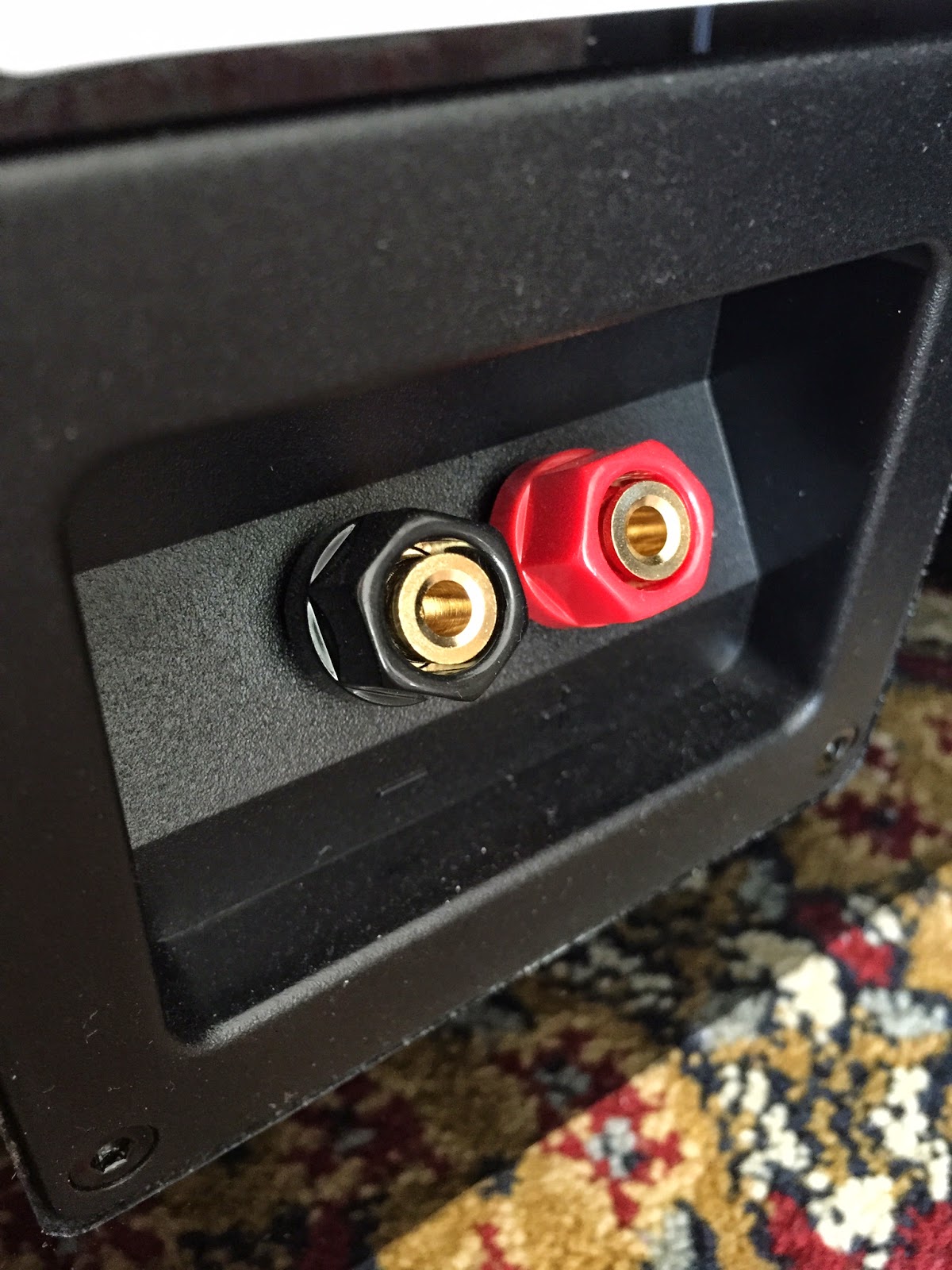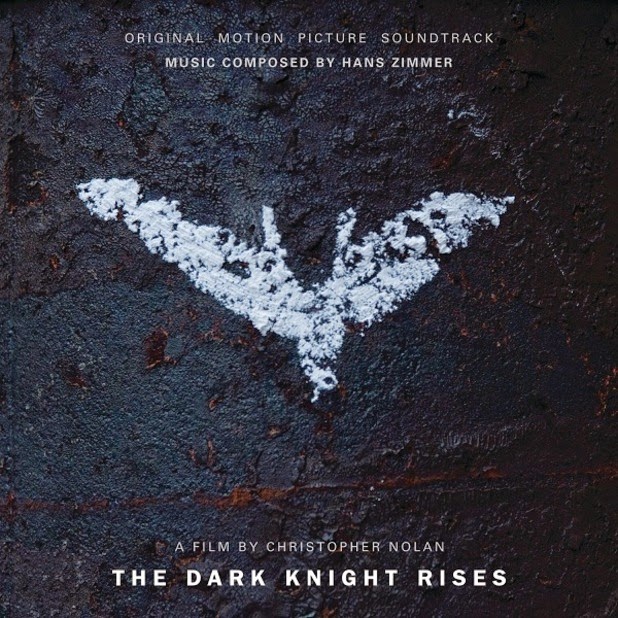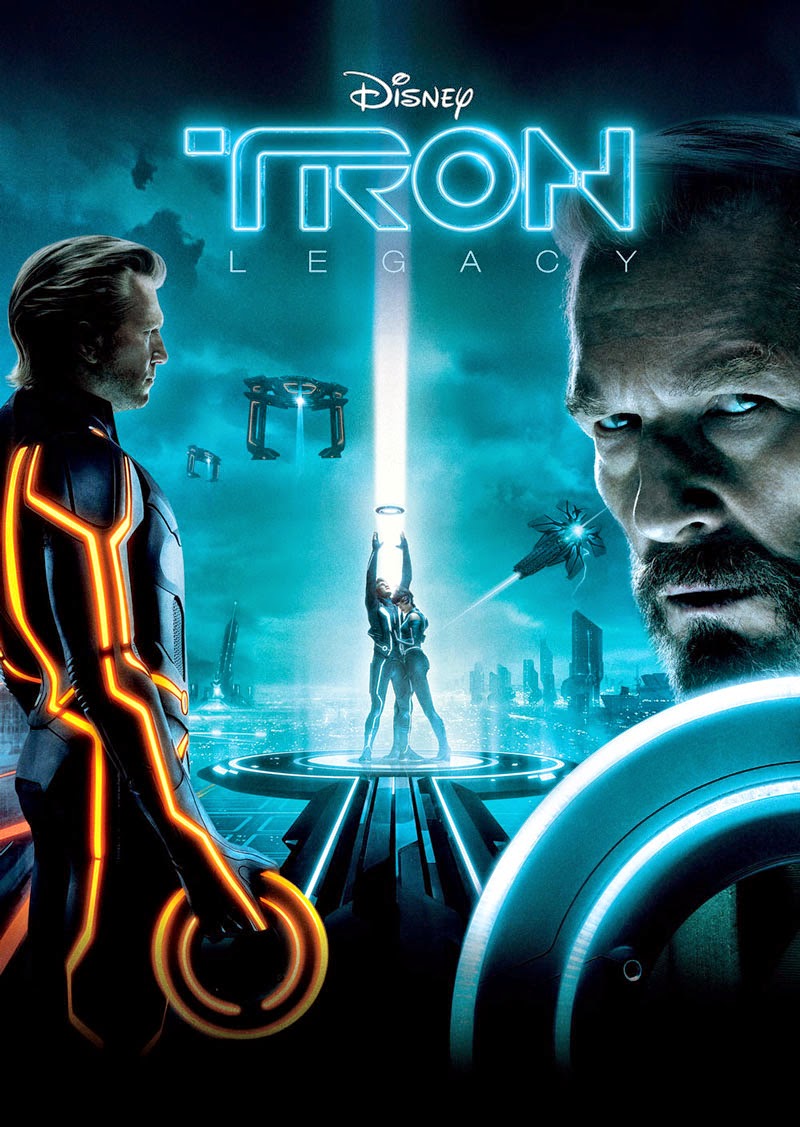Being an audiophile isn’t easy. Once you’ve experienced great sound, it’s virtually impossible to go back to pedestrian-sounding speakers. In many ways, that beautiful moment of an audiophile’s epiphany becomes a terrible, life-long curse. Such is the paradox.
Achieving audiophile-grade sound remains an excruciating challenge for most. Truly superb-sounding speakers and components cost thousands if not tens of thousands of dollars. That simple economic reality disheartens many an audiophile. However, some companies, like SVS, were founded on the premise that great-quality, audiophile gear should be within budgetary reach of everyone.
Since the company’s inception in 1998, SVS has focused their energies on this mission. Part of the company’s secret of keeping costs low was cutting out the middleman and selling direct-to-consumer. In more recent times, SVS has also outsourced core manufacturing to China, which has further helped them maintain an even more-competitive cost structure.
For much of the company’s history, SVS has achieved a stellar reputation with their high-performance, high-value subwoofers (
see our review of SVS’ SB13-Ultra subwoofer here). In 2012, however, SVS has expanded its attention to a comprehensive lineup of speakers. The company’s
Ultra Loudspeaker series continued the company’s tradition of high-performance, high value products. Indeed, the Ultra series received rave reviews by critics and users alike. By audiophile standards, the Ultra series loudspeakers were incredibly inexpensive with superb build-quality, excellent sound, and performance. However, even though they were a great value, building an entire system made up of the Ultra Series was still out of reach for many audiophiles.
Enter the Prime Series Loudspeakers.
At this past October’s Rocky Mountain Audio Fest,
SVS announced the Prime Series, a new, entry-level loudspeaker series consisting of tower, bookshelf, center, and satellite speakers. I reached out to the folks at SVS to see if we could get our hands on a set from the new line and SVS graciously obliged.
The review samples consisted of a pair of Prime Bookshelf speakers in the spectacular high-gloss piano gloss finish ($599/pair) and an
SB-2000 subwoofer (12" woofer, 500W RMS, 19-220Hz ± 3 dB) to comprise a complete 2.1 setup. The high gloss black finish on the Pime Bookshelves adds an extra $100 to the base price of the speakers. If you want to save $100 on the price of the pair, you can opt for the traditional black wood veneer finish, which SVS calls black ash.
![SVS Prime Bookshelf Loudspeaker in High Gloss Black SVS Prime Bookshelf Loudspeaker in High Gloss Black]() |
| The High Gloss Finish is a $100 Premium but it's Beautiful and Mirror-Like |
The Prime Bookshelf speakers are rated at 8 ohms and will play down to 48 Hz (+/- 3 dB). The speakers are a two-way, ported design featuring a 1” aluminum dome tweeter and a 6.5” polypropylene cone and 1.7” wide-flared rear-firing port. The tweeter and woofer are crossed at 2.3 kHz. Each speaker feels solid at 15.5 lbs.
You can read more details here.![SVS Prime Bookshelf Loudspeaker woofer detail SVS Prime Bookshelf Loudspeaker woofer detail]() |
| SVS Prime Bookshelf 6.5" Woofer Detail View |
I wanted to know a bit more about the impetus for the line and a few things about the Prime Bookshelf speakers. After my listening sessions and base text of the review were finished, I reached out to SVS’ President, Gary Yacoubian for some additional info on the speakers. I did so after the review period so that any conversations wouldn’t bias my listening.
The first thing I wanted to know was what tradeoffs they needed to consider to hit such a price-point. Gary said:
Typically in this price point manufacturers sacrifice internal cabinet bracing, driver quality and crossover design and componentry. We really wanted a near world-class experience at a price point where that was previously not possible and we are quite proud of the result!
Based on my initial unboxing and review of the physical build of the Prime Bookshelves, I had to agree with his assessment.
I also wanted to know what tradeoffs they deliberately avoided making so that they could maintain a quality standard. Gary emphatically said:
This is absolutely the speaker we wanted to make. That said, many folks would prefer a bookshelf speaker of a more diminutive form factor. We made the judgment that we wanted uncompromised dynamics and low frequency extension, in addition to the refinement and accuracy one would hope for from a bookshelf speaker. The speaker may be a bit large for some who are in the market for a bookshelf speaker, but we felt it was worth it for a complete experience, with no absolute need for a subwoofer.
![]() |
| SVS Prime Bookshelf Speakers in High Gloss Finish With and Without Grille |
Finally, I asked Gary the tough question: What differences did he feel that a user would notice if they had to make a decision between the Prime and Ultra series bookshelf speakers. I appreciated his candor when he said:
They are closer than we typically want to admit! That said, the Ultra Bookshelf offers fairly significant improvements in the areas of low frequency extension and dynamic range. The mid-bass driver material is superior on the Ultra as well and allows for improved lightness and stiffness, so imaging is tighter and soundstage a bit more authoritative.
I want to thank Gary for his time and as you’ll read on below, I found his remarks to be a fairly honest and accurate description.
Arrival, Unboxing, and First Impressions
I documented the arrival, unboxing, and initial impressions of the Prime Bookshelf speakers during my setup, which
you can read in more detail here. Needless to say, my initial impression on the Prime Bookshelf speakers was consistent with my past experiences with SVS—impeccable attention to detail and great build quality.
![]() |
| SVS Prime Bookshelf with 1.7" Ported Rear |
After documenting the arrival of the Prime Bookshelf speakers, what really surprised me was the amount of private emails and comments from readers eagerly anticipating the review and my thoughts on the speakers. It’s no surprise to me that there’s a large population of audiophiles on a budget who eagerly wanted to know if these speakers could be just the solution they were looking for. I continually had to push everyone off because I didn’t want this to be a simple, cursory review. As you’ll see below, I had some very specific goals in mind for this review because I saw the potential for these speakers to target both audiophiles and home theater enthusiasts. I hope readers will appreciate these efforts.
Setup and Associated Equipment.
I set up the SVS Prime Bookshelf speakers in my main listening room about 14’ from my primary listening position with a slight toe-in. The speakers were set approximately 3’ from the rear wall, and at least 6’ of distance from the side walls.
I set up the SB-2000 subwoofer slightly behind the Prime Bookshelf speakers and connected it with one of SVS’ own high quality, SoundPath RCA audio cables.
![]() |
| The Binding Posts are High-Quality but Shorter than What You'll Find on More Expensive Speakers |
At the $500 price-point, prospective customers aren’t likely to pair the Prime Bookshelves with expensive receivers. In fact, I’d venture to guess that most two-channel enthusiasts are probably going to pair the Primes with budget-oriented receivers or integrated amplifiers somewhere in the $150-$350 range. If the Primes will be part of a home theater setup, then you may see them paired with receivers getting into the $350 up to the $700 or so range.
I therefore decided to do two extended round of tests with the Prime Bookshelves: one with a budget-conscious setup and a second with a high end setup to see how the Prime Bookshelves would fare with each. Why did I do this? The answer was pretty simple: I wanted to see if the Prime Bookshelves could be driven easily to satisfying levels in a budget system and if they could have good transparency in a high end one.
For about the first month, I listened to the Prime Bookshelf speakers with an
Emotiva Mini-X 100a stereo flex amplifier (50wpc, $219). I used the Emotiva as an Integrated amplifier in this setup. When connected to the Emotiva Mini-X, I played the Prime Bookshelves in a pure 2-channel configuration without the SB-2000 subwoofer.
![]() |
| Emotiva mini-X a-100 Stereo Flex Amplifier |
The following month, I then connected the Prime Bookshelf speakers in a 2.1 configuration with the SB-2000 sub as part of setup composed of high-end separates: an Anthem AVM50v preamp and a pair of Emotiva XPA-1L monoblock amplifiers (250W, $1,198 stereo pair). You can read our
Emotiva XPA-1L amplifier review here.
Let’s see how the SVS Prime Bookshelf speakers fared.
Listening:
Music
After the Primes first arrived and I connected them to the Emotiva Mini-X, I had every intention of setting them up for some casual listening. I had intended to do some work around the house and let the speakers play in the background. In that way, I could start to get a feel for the speakers. Needless to say, those plans were soon thwarted.
As soon as they kicked on, I did a double-take. I wasn’t expecting the sound that came out of these monitors. I stopped what I was doing, sat down and just listened. No way—I mean no way—was I in the least bit prepared for the great sound that came out of these entry-level monitor speakers. The sound was wonderfully detailed and exhibited an overall solid tonal character. Dynamics were good. In fact, it struck me how easily the 50wpc Emotiva Mini-X drove the Prime Bookshelves. You won’t have any problem using the Prime Bookshelves with modest receivers.
I then started flipping through random song selections from my music library.
I came upon the cover of “Baby it’s cold outside” from the Glee soundtrack. Imaging of the duet was well-placed. Voices were natural and the mid-bass was really addicting. What was intended to be background enjoyment all of a sudden turned into an impromptu listening session.
![]() |
| Billy Joel's The Stranger |
Flipping through more songs, I landed on some classic Billy Joel from the album, The Stranger. I thought that the presentation of the track, “Vienna” was a bit reserved. Drums didn’t have the impact I was used to on this track but it was by no means a deal-breaker. Imaging, detail, and soundstage were all surprisingly good. These elements were all fairly consistent characteristics across all the songs I listened to.
Forty-five minutes later, I closed out a thoroughly enjoyable session with Sara Barielles “Gonna Get Over You” from Kaleidoscope Heart. The snapping fingers in the refrain had good tonal quality and definition. It was all very natural-sounding. Drums and cymbals were good but didn’t have the crisp, you-are-there snap to them. If I wanted to be hyper critical, there was a hint of boxiness in the sound and Sara’s vocals didn’t have the ultimate purity I’ve heard with far more expensive speaker. Imaging, however, was consistently excellent. Precise images stabilized on a soundstage recessed just behind the speakers. Audiophiles who swear by a monitor speaker’s ability to image, will love the way the Prime Bookshelves upheld this hallowed tradition. For that first month, I had a very easy time driving the Prime Bookshelf speakers with the Emotiva Mini-X without a single problem to really loud levels.
![]() |
| Sara Barielles Kaleidoscope Heart |
Some friends came over during this part of my review period. Friends always want to know what new gear I have coming through for review. I thought they would be good candidates for the Primes so decided to give them a demo. They were very impressed with the performance. Their remarks included the likes of, “It sounds like she’s right here in the room” and “Wow, that’s really life-like.” They just sat there, listened, smiled. Need I say more?
No matter the musical genre played, in a two-channel setup the Primes delivered consistently excellent performance within their frequency range. Imaging, timbre, and off-axis performance were just a sampling of the speakers’ strong suites—especially at this price point. The three areas where I found the Prime Bookshelves to be a bit reserved were:
- In the dynamics and sensory impact of drums
- The top end detail and extension of cymbals
- In the lower bass, where the frequency response of the speakers drops off below 48 Hz.
Therefore, as this first month’s testing showed, even if you paired the Prime Bookshelves with a modes system, you could be confident that speakers would perform admirably.
![]() |
| Anthem AVM50v Preamp-Processor |
For the next month, I really ratcheted up the stakes a bit and dialed in the Primes with an Anthem AVM50v preamp, calibrated the Prime Bookshelves and SB-2000 subwoofer with Anthem’s room correction, ARC, and connected them to the Emotiva XPA-1L amplifiers I had for review. Thus, I was looking at a 2.1 speaker system that was, at least on paper, capable of playing from about 20Hz to 20kHz for about $1,200. If the Prime Bookshelves and SB-2000 combo lived up to their potential, they would comprise a totally ridiculous value.
Now I’m going to take a moment to speak directly to you hard-core audiophiles. Packed with some good electronics behind them the Prime Bookshelves did something we audiophile crave: they disappeared. Let me say it another way: I’ve never heard speakers at this price point completely disappear; and this is exactly what the Prime Bookshelf speakers did in my room. Wow.
Budget-speakers have typically disappointed me with their extreme coloration and an inability to resolve fine musical details—especially in complex musical tracks. I’ve also had very mixed results when budget speakers have been paired with budget subs. Whether it’s been crossover or a bloat on the bottom end, I just haven’t had lots of positive experiences. I was therefore very curious to see how the Prime-Bookshelf and SB-2000 combo would fare.
As I embarked on the next month’s worth of listening, I want to note some specific tracks that highlighted my experiences.
British singer’s Dido’s live EP features many of her most well-known tracks. Her performance of “See the Sun” was superb through the Prime Bookshelf speakers. There was a tactile quality to the opening guitar strings. As the song progresses, there’s a layering of a tambourine, drums, synthesizers, and guitar. Each of the instruments had really great texture and detail. Placement along the soundstage was solid and stable with my only complaint being a smaller soundstage that is characteristic of most speakers this size.
![Imagine Dragons Night Visions Imagine Dragons Night Visions]() |
| Imagine Dragons'Night Visions |
I turned to another complex track, Imagine Dragons “Radioactive.” Again and again, I recorded in my notes how exceptionally detailed the song was and how the Primes were able to unpackage it layer by later. “Radioactive” is a song that can devolve quickly into a muddy mess. Not so with the SVS Primes. Vocals and instruments were clearly distinct and contained in a solid soundstage. The foundational bass support of the SB-2000 was just great.
To slow things down a bit, I put on Sarah McLaughlan’s piano-rendition of the solemn, Christmas song, “River” from the album, Rarities, B-Sides and Other Stuff. Sarah’s vocals were well-presented. The unique tonal character of her voice was rendered naturally and well. Equally important was the representation of the piano notes. Overall, the breadth and depth of the piano was well done. It wasn’t tinny and small the way lesser-quality speakers have a tendency to recreate the sound of the piano. Perhaps best of all, I found myself just getting lost in the song and the music.
![]() |
| Dark Knight Rises Soundtrack |
To really ramp up the intensity during one session, I turned to
The Dark Knight Rises soundtrack. The track “Imagine the Fire,” is bombastic and raw. The SVS Primes did an exceptional job of resolving all the fine detail while never surrendering the song’s weight and impact. In fact, the punch of the SB-2000 was really awesome and sent some serious air pressure through your chest. In fact, the more I listened, the more I found the pairing of the SB-2000 sub and the Prime Bookshelves to be a great match. The deep, impactful bass on this and other tracks was rendered cleanly and authoritatively—bested only by the SVS SB-2000’s big brother, the Ultra 13.
Whether it was with the Emotiva Mini or the more expensive Anthem-Emotiva combo, I found that the SVS Prime Bookshelf speakers had a consistent, uncanny ability to deliver a detailed musical presentation while simultaneously exhibiting good dynamics. No matter what music you threw at them, the Primes had excellent off-axis performance. Adding the SB-2000 sub to the mix really rounded out the sound and proved to be an able companion to the Prime Bookshelves.
Movies:
For many, the SVS Prime series will be an incredibly appealing solution for home theater. In my opinion, if a set of speakers can nail music then they can serve equally well for home theater. While I didn’t test out the Prime setup with a full complement of Prime surrounds, if the main bookshelf speakers plus the SB-2000 could provide a satisfying experience serving as fronts, then they would have no problem handling a full surround setup. So how did the Prime Bookshelves measure up?
![]() |
| Tron Legacy |
I started off with
Tron Legacy and in no uncertain terms the setup shook the house. Sure, that was thanks to the SB-2000 but was the sound ever clear and detailed. Playing with a phantom center, dialogue was wonderfully clear and well placed. In scene 4, “The Grid” the roar of the Recognizers was intense. Integration with the subwoofer was great. The presentation continued as a coherent, transparent wall of sound. The SVS Primes didn’t have the precision and cleanness I’ve heard with more expensive tweeter designs but that didn’t impede me from becoming fully immersed in the experience. This was most apparent in Chapter 7, “Lightcycle Battle” which opens with a demo-worthy digital fireworks show. It’s only because of my experience with more exotic tweeter designs that I noticed a difference.
![]() |
| Avengers |
Next up was the
Avengers. Just as they did with music, the Prime Bookshelf speakers just disappeared as a coherent wall of sound. Dynamics were very good and there was nothing in the presentation that left me wanting. Imaging was spot-on awesome at all times. Time and again, I kept forgetting that I was playing with a phantom center and not a dedicated center channel. Gunfire exchanged in the opening sequence had the kind of bite that reminded you of a good movie theater experience. The pulsing sound of the helicopter rotors resonated with bass-you-can-feel. In chapter 8, “Stuggart Confrontation” takes place in Germany with the playing of violins. The acoustic details of the scene’s action overlapping the music of the violins and orchestral movement was very well done. In chapter 9, “Mountaintop Battle” Thor slams his hammer down on Captain America’s shield. On more expensive speakers, you’ll hear the decay of hammer strike with a detailed, natural vibration, which was not as well executed on the SVS Prime Bookshelves. Just as I noted in my sessions with music, it was in scenes like this were you readily noticed the performance difference that between the Primes and much more expensive speakers (emphasis on the much more expensive!).
All in all, the Prime Bookshelf and SB-2000 combo capped a thoroughly satisfying experience that would satisfy many die hard home theater enthusiasts.
Conclusion
![]() |
| SVS Prime Bookshelf and SB-2000 Subwoofer in High Gloss Black Finish |
The price point to get good sound audiophile sound has oftentimes been a significant barrier. Thanks to SVS, not any more. If you’re an audiophile or home theater lover on a budget then look no further than the SVS Prime Bookshelf speakers. While the Prime Bookshelf speakers don’t do everything perfectly, the overall performance of these speakers at this price point is just crazy. They are an ideal solution for the audiophile on a budget or those starting out and have loftier long-term aspirations.
There’s no doubt. The SVS Prime Bookshelf speakers are a real price-performance achievement. They are an exceptional value and give you a real taste of high end audio for the audiophile on a budget. Pair any number of Prime Bookshelf speakers with an SB-2000 subwoofer and you are going to have an amazing one-two knockout punch for both music and home theater.
The irony of the Prime Bookshelf becomes their performance relative to their more expensive signing the SVS Ultra Bookshelf. The performance difference is there—especially in areas of dynamics and a bit more low frequency extension—and each person will need to weigh in on what they value most.
However, the launch of the Prime series speakers and the performance that I’ve now listened to first-hand gives home theater lovers lots of flexibility. Now, instead of having to make major compromises, you could potentially put a set of Ultra Speakers for the fronts and Prime speakers in the surrounds for the best of both worlds.
Whatever you end up doing, the news is all good. Thanks to SVS, gone are the days where you need to have a six figure audio system to be the envy of your friends and neighbors. What a great time to be an audiophile and home theater lover. Highly recommended.










































































